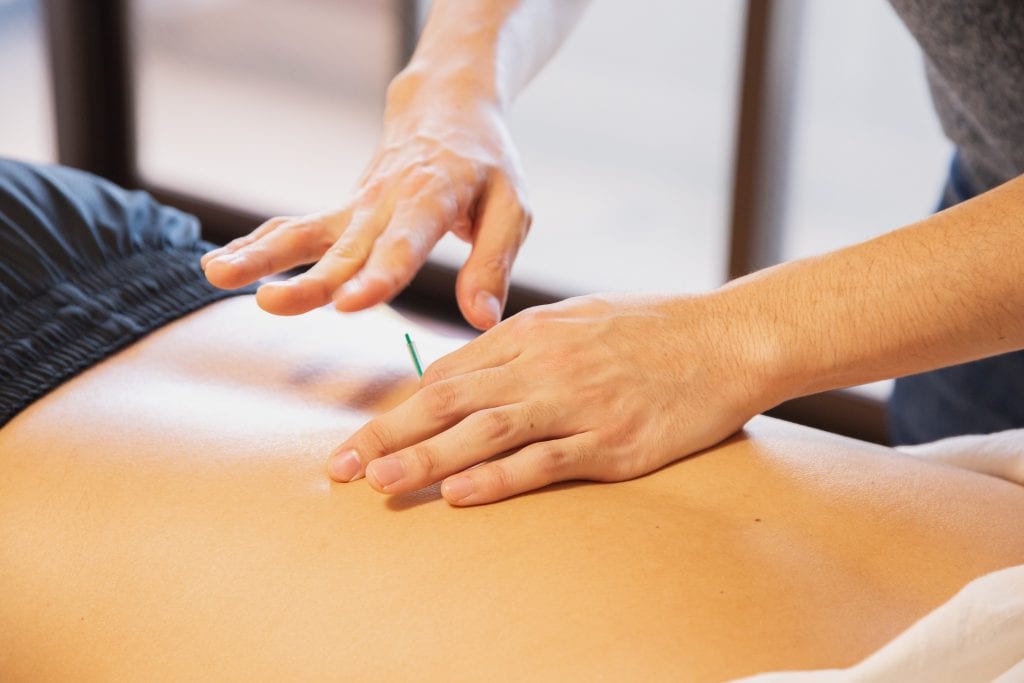Since acupuncture has been known since ancient times, over the centuries, a lot of traditional methods and techniques have been developed that are related to various regions of East Asia. But Chinese acupuncture remains dominant.
Based on the knowledge of the traditional school in the 50s of the XX century, by the decree of Chairman Mao, the curriculum of Chinese medicine was founded, which included not only traditional methods used for centuries but also modern treatment approaches.
This is how the symbiosis of Western and Eastern medicine, complementing each other, has turned out. It is this current that is most common in the United States. This technique is taught in acupuncture schools and is the subject of the most frequent research.
Many modern therapists distinguish between purely traditional and classical Chinese medicine. The “new” movement differs from the first in that many esoteric concepts are abolished in it. Such work was carried out so that it was possible to focus on the effectiveness of the methods, as well as for the effective training of specialists in specialized centers.
The techniques of the Japanese have some differences from the traditional Zhen Chiu. For example, their technique involves using thinner needles. During the procedure, the needle does not pierce the skin, but only touches its surface. The Japanese technique has also become widespread in the West. So, its subspecies are known even in the USA: among them is the Kiiko Matsumoto technique, in which specialists, in addition to acupuncture, perform active palpation of the body to eliminate the disharmony.
Another area of acupuncture that has preserved spiritual practices is acupuncture according to the five elements. It is based on one of the main concepts of oriental medicine. According to her, the energy in the body responds to five elements of the universe: fire, water, metal, earth, wood. Diagnosis of patients is carried out by this teaching, after which the corresponding energy blocks are found and removed in the body. In the West, the five-element acupuncture technique gained recognition thanks to Professor J. R. Worsley.
Acupuncture is popular in Taiwan as well. One of the popularizers of this treatment was the Master Tung Ching Chang. According to his teaching, all important points of the body are concentrated on the arms, legs, ears, and head. Positive effects can be achieved by stimulating just a few key areas. Tung acupuncture is popular because of its relative simplicity, but because of the difficulty of transferring knowledge from teacher to student, finding a qualified master of this school is not easy.
In turn, Korean acupuncturists have also developed a technique based on combining the most important points that can improve the functioning of the whole body. The Sujok therapy technique literally translates as “hand-stop”. It was developed by South Korean Professor Park Jae Woo. Needles, wormwood cigars, and other objects are used to stimulate the points of “correspondence”. The first scientific works on this method appeared in 1986.
A technique called Auriculotherapy went even further. It is based on the projection of the organs of the whole human body onto his ear. To stimulate the points of the auricle, not only needles are used, but also magnets, seeds of some plants, and special granules. Quite often, Auriculotherapy is combined with traditional Chinese acupuncture, in fact, being part of it. The ideological inspirer and popularizer of this trend in the West is the French physician Paul Nogier, who modified and developed the technique in the middle of the 20th century.
The fact that acupuncture is based on the approaches of traditional Chinese medicine does not mean that the masters reject the achievements of modern medicine, which allow expanding the range of effects on active points.
So, back in the 30s of the last century in China, they developed the Electroacupuncture Zhongping, which is carried out using a special apparatus. It passes through the needles a weak pulsating discharge of medium-frequency current, which is especially useful in diseases of the musculoskeletal system to activate muscle contraction.
Because electropuncture replaces long-term manual stimulation of points, this technique has taken root not only in China. Also, in this case, the strength of stimulation is regulated: you can provide a fairly high level of stimulation without damaging the skin. Strong stimulation may be needed in the treatment of paralytic conditions and neuralgia.
However, adherents of the traditional flow avoid using electrical stimulation, since they believe that the energy component between the patient and the doctor cannot be replaced by a mechanism.
Picture Credit: Pexels







